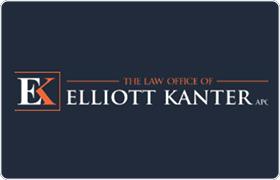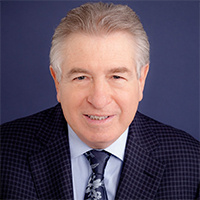Chino Misdemeanor Lawyer, California
Sponsored Law Firm
-
 x
x

Click For More Info:
-
The Law Office of Elliott N. Kanter
2445 5th Avenue Suite 350 San Diego, CA 92101» view mapAccident & Injury Law When Experience Matters Most
San Diego attorney Elliott Kanter has served criminal defense and personal injury clients for 40 years. Get compassionate legal service.
800-641-9290
Sue S Jung
✓ VERIFIEDCriminal, DUI-DWI, Felony, White Collar Crime, Misdemeanor
20+ YRS CRIMINAL LAW EXPERIENCE, FORMER DEPUTY DISTRICT ATTORNEY AND DEPUTY PUBLIC DEFENDER I am passionate about helping people using personalized... (more)
FREE CONSULTATION
CONTACTAlisha C Frank
Lawsuit, Divorce & Family Law, Misdemeanor, Civil & Human Rights
Status: In Good Standing Licensed: 12 Years
FREE CONSULTATION
CONTACTFREE CONSULTATION
CONTACT Elliott N. Kanter San Diego, CA
Elliott N. Kanter San Diego, CA Practice AreasExpertise
Practice AreasExpertise

